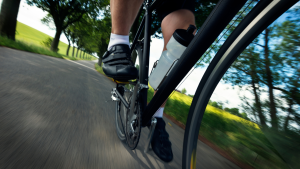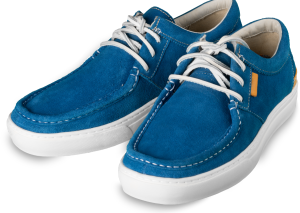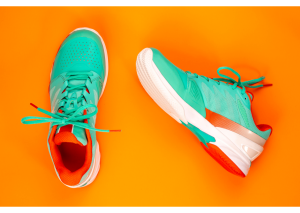How to walk in barefoot shoes
Are you an adventurous shoe enthusiast? Do you want to feel the earth’s surface beneath your feet? Does the idea of wearing a light, minimalist piece of footwear appeal to you? If so, barefoot shoes could be just what you’re looking for. A departure from traditional styles and designs that offer many benefits over more structured, heavy duty shoes, barefoot shoes allow you to stride in freedom with every step while providing protection and support all at once. In this blog post, we’ll discuss some best practices for walking in barefoot shoes as well as tips on how to get used to them quickly. So if you’re ready take on a new challenge —let’s get started!
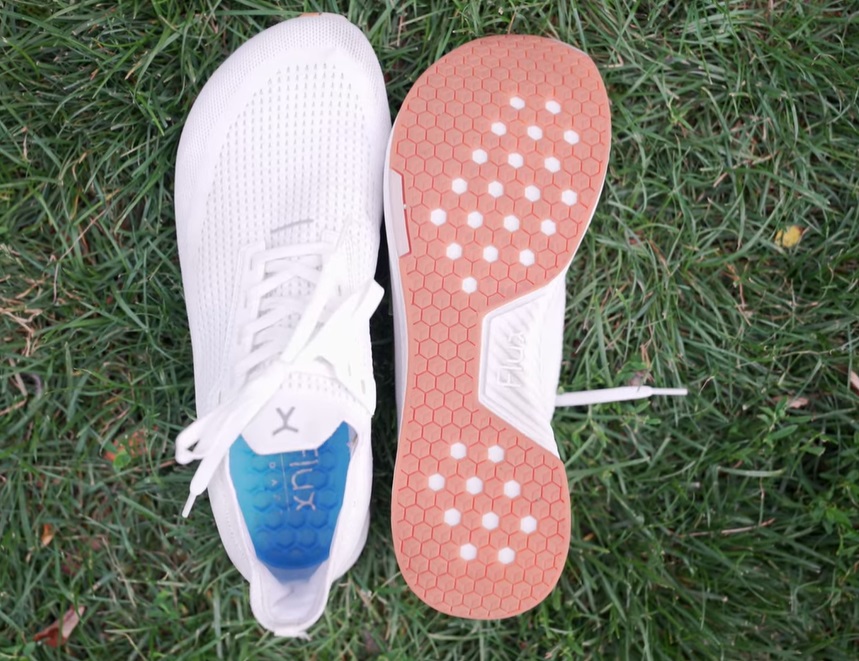
Understanding Barefoot Shoes
1. Characteristics of Barefoot Shoes
Before we dive into walking techniques, let’s first understand what barefoot shoes are and how they differ from traditional footwear. Barefoot shoes are designed to mimic the feeling of being barefoot while providing protection for your feet. They generally have a thin sole made of flexible material such as rubber or leather and little to no arch support. The toe box is also wider to allow
2. Benefits of Walking Barefoot
There are several benefits to walking in barefoot shoes that make them popular among nature lovers and fitness enthusiasts alike. First and foremost, wearing barefoot shoes allows for a natural movement of the foot, strengthening the muscles in your feet and legs. This can lead to better balance and stability as well as improved posture. Barefoot shoes also allow for better sensory feedback from the ground, promoting better body awareness and reducing the risk of injury. Additionally, barefoot shoes are lightweight and flexible, making them ideal for outdoor activities like hiking and trail running.
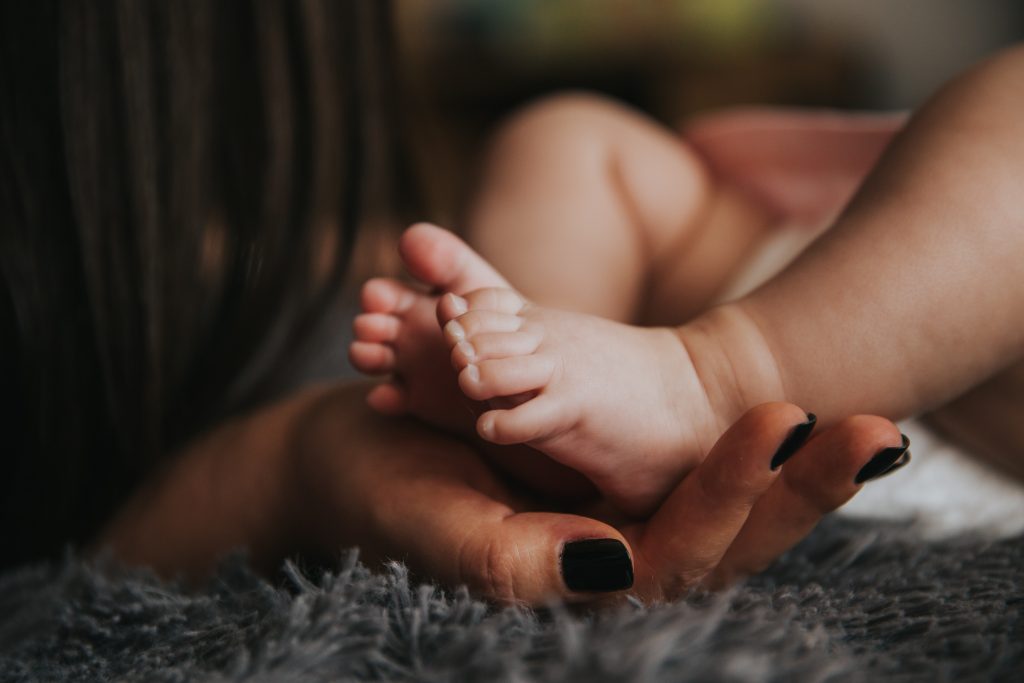
3. Transitioning from Traditional Shoes to Barefoot Shoes
If you’re used to wearing traditional shoes with raised heels and cushioned soles, transitioning to barefoot shoes may take some time. It’s important to start slowly and gradually increase the amount of time you wear them. Start off by wearing them for short periods while walking on flat, even surfaces. As your feet get used to the new sensation, you can begin to wear them for longer periods and on more challenging terrain. It’s also important to listen to your body and take breaks when needed, as your feet may experience some soreness during the transition period.
Assessing Your Footwear
1. Choosing the Right Pair of Barefoot Shoes
When it comes to barefoot shoes, there are a variety of options available. Some popular brands include Vibram FiveFingers, Merrell, and Xero Shoes. When choosing a pair, make sure they fit snugly but not too tight, as your feet need room to move and spread out. The sole should also be thin and flexible enough to allow for natural movement. It’s also a good idea to try on different styles and brands to find the best fit for your feet.
2. Ensuring Proper Sizing
Proper sizing is crucial when it comes to barefoot shoes. Make sure to measure your feet before purchasing a pair and refer to the brand’s size chart for accuracy. Keep in mind that some brands may have different sizing standards, so it’s always best to try on multiple sizes if possible. Additionally, make sure there is enough room in the toe box for your toes to wiggle and spread naturally.
3. Checking for Flexibility and Thin Soles
As mentioned earlier, barefoot shoes should have a thin and flexible sole to allow for natural movement. When trying on a pair, make sure you can easily bend and flex the sole with your hands. If it feels too stiff or restrictive, it may not be the right fit for your feet.
Transitioning to Barefoot Walking
1. Gradual Adjustment Period
It’s important to remember that transitioning to barefoot shoes is a process and it may take some time for your feet to adjust. Don’t try to jump right into long hikes or runs in barefoot shoes, as this can lead to discomfort and potential injury. Instead, start with short walks on flat surfaces and gradually increase the intensity and duration of your activities.
2. Short Walks and Increasing Intensity
As you start to get used to walking in barefoot shoes, gradually increase the duration and intensity of your walks. This will help strengthen your feet and prevent any discomfort or injury. It’s also a good idea to mix in some traditional shoe wearing during this transition period to give your feet a break.
3. Listening to Your Body
It’s important to listen to your body and pay attention to any discomfort or pain while transitioning to barefoot walking. Take breaks when needed and don’t push yourself too hard. It’s also a good idea to incorporate foot exercises, such as toe scrunches and calf raises, into your daily routine to help strengthen the muscles in your feet.
Improving Barefoot Walking Technique
1. Engaging Core Muscles
When walking in barefoot shoes, it’s important to engage your core muscles to maintain good posture and balance. Focus on keeping your abdominal muscles engaged and your shoulders relaxed.
2. Focusing on Posture and Alignment
In addition to engaging your core muscles, it’s important to focus on your posture and alignment while walking. Keep your head up, shoulders back, and hips aligned with your spine.
3. Allowing Natural Foot Movement
Barefoot shoes are designed to allow for natural foot movement, so try not to alter your walking gait too much. Instead, focus on keeping a light and natural stride.
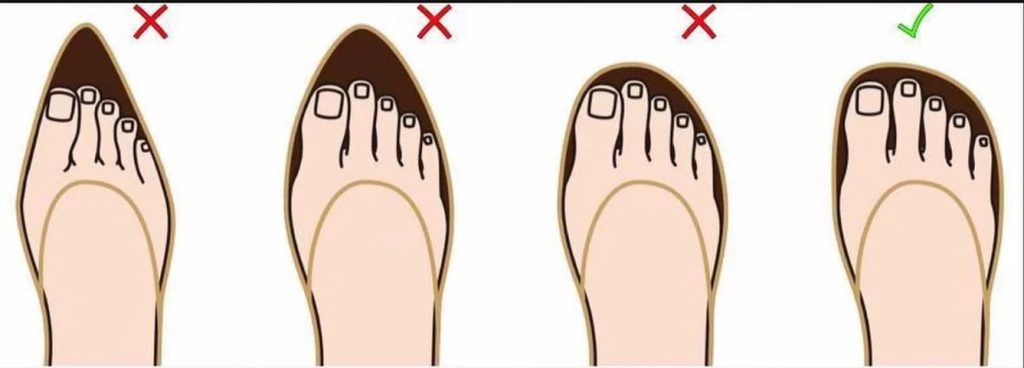
Developing a Forefoot Strike
1. Avoiding Heel Striking
One of the key techniques to barefoot walking is developing a forefoot strike instead of heel striking. This means landing on the ball of your foot instead of your heel, which helps absorb shock and promote natural movement.
2. Landing Softly and Quietly
When you first start walking in barefoot shoes, pay attention to how your feet are landing. Aim for a soft and quiet landing, which will help reduce impact on your joints.
3. Practicing Mindful Walking
Finally, take the time to practice mindful walking while wearing barefoot shoes. Pay attention to your body and surroundings, and focus on maintaining good posture and a natural foot movement. With practice, you’ll develop a strong forefoot strike and be able to fully experience the benefits of walking in barefoot shoes. Overall, making the switch to barefoot shoes can have numerous benefits for your overall foot health and physical well-being.
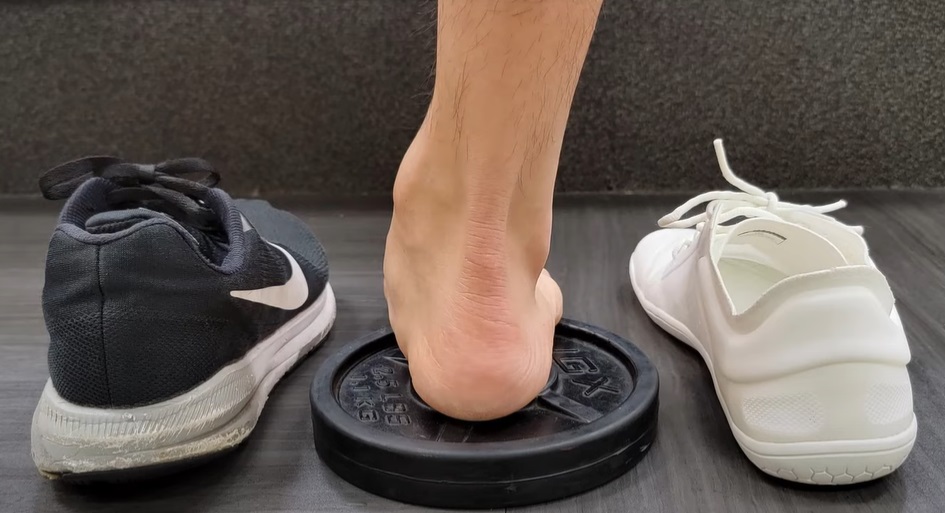
Strengthening Exercises for Feet
1. Toe Spreading Exercises
To help strengthen the muscles in your feet, try spreading your toes apart as wide as you can and holding for a few seconds before releasing. Repeat this exercise several times a day.
2. Calf Raises and Foot Flexibility
Incorporate calf raises and foot flexibility exercises into your daily routine to help strengthen the muscles in your feet and ankles. These exercises can also improve balance and stability.
3. Regular Foot Stretching
Just like any other muscle in your body, the muscles in your feet can benefit from regular stretching. This can help improve flexibility, reduce pain and discomfort, and prevent injury.
Walking Surfaces and Environments
1. Gradual Exposure to Different Terrains
As you become more comfortable walking in barefoot shoes, gradually expose yourself to different terrains and surfaces. This will help improve overall foot strength and adaptability.

2. Being Mindful of Uneven Surfaces
While walking on different surfaces can be beneficial, it’s important to be mindful of uneven or potentially hazardous terrain. Take your time and make sure to pay attention to where you’re walking.
3. Incorporating Barefoot Walking Indoors
If you’re not ready to venture outside in barefoot shoes, try incorporating it into your indoor activities. Walking around your house or doing household chores barefoot can help strengthen your feet and improve balance and stability. So go ahead and give barefoot walking a try – your feet will thank you!
Foot Care and Hygiene
1. Keeping Feet Clean and Dry
Just like with traditional shoes, it’s important to keep your feet clean and dry when wearing barefoot shoes. This can help prevent any bacterial or fungal infections.
2. Monitoring Calluses and Blisters
As your feet adjust to barefoot shoes, you may develop calluses or blisters. These are natural responses to the pressure and friction on your feet and can be monitored and treated with proper foot care.
3. Massaging and Stretching Feet
To help maintain the health of your feet, incorporate massaging and stretching into your daily routine. This can improve circulation and flexibility, as well as reduce tension and discomfort in your feet.
Benefits and Challenges of Barefoot Walking
1. Positive Impact on Foot Health
Walking in barefoot shoes can have numerous benefits for your foot health, including strengthening muscles and improving balance and stability. It may also help prevent common foot problems such as bunions and hammertoes.
2. Addressing Potential Challenges
However, there may also be challenges to transitioning to barefoot walking. These can include discomfort and potential injuries if not done gradually and with proper technique. It’s important to listen to your body and make adjustments as needed.
3. Personal Experiences and Testimonials
Many people have shared their positive experiences with barefoot walking and how it has improved their foot health and overall well-being. Don’t be afraid to seek out personal experiences and testimonials from others who have made the switch to barefoot shoes.
Wearing Barefoot Shoes Beyond Walking
1. Barefoot Running and Other Activities
Barefoot shoes can also be worn for various physical activities, such as running, hiking, and even yoga. Just like with walking, proper technique is important when using barefoot shoes for these activities.
2. Strength Training and Exercises
In addition to physical activities, barefoot shoes can also be beneficial for strength training and exercises. They allow for better stability and engagement of the muscles in your feet and can enhance overall performance.
3. Everyday Activities in Barefoot Shoes
Some people choose to wear barefoot shoes for everyday activities, such as going to work or running errands. This can help improve foot health and posture while eliminating the need for traditional, restrictive footwear.
Conclusion
Barefoot walking and wearing barefoot shoes can have numerous benefits for your foot health and overall well-being. However, it’s important to approach the transition gradually and with proper technique. With proper foot care, strengthening exercises, and mindful walking, you can fully experience the benefits of barefoot shoes and improve your overall foot health. Don’t be afraid to seek out personal experiences and testimonials from others who have made the switch – it may just inspire you to take the first step towards barefoot walking. So go ahead and give it a try – your feet will thank you! So go ahead and give barefoot walking a try – your feet will thank you! #happywalking #barefootshoes #strongfeet.
Previous post: How to make dance shoes less slippery
